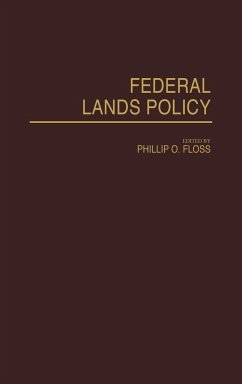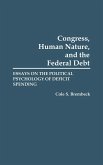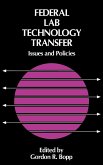One of the oldest policy debates in U.S. history concerns the allocation, use, and management of public lands, which currently comprise one-quarter of the United States. In this volume, Phillip O. Foss has assembled a selection of original research papers and interpretative essays from recognized authorities with a variety of philosophical orientations in order to present a well-rounded picture of today's views of public lands policy. Contributors describe and analyze the three major trends in lands management: preservation, conservation, and the environmental movement. Issues which have posed continuing problems throughout the history of public lands management are also examined, including the decision to retain or dispose, the establishment of grazing fees, the management of lands with interspersed ownership, the decision to employ centralized or decentralized management tactics, and the allocation of multiple or single use for the land.








